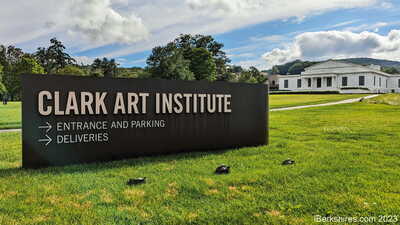Clark Art Lecture on Radical Art, Mass Print Media in Cold War Brazil
WILLIAMSTOWN, Mass. — On Tuesday, Oct. 29, the Clark Art Institute's Research and Academic Program presents a lecture by Mari Rodriguez?Binnie (Williams College), who discusses her new book "The São Paulo Neo-Avant-Garde" (University of Texas Press, 2024) in which she examines how?artists challenged a military dictatorship through mass print technologies in the 1970s and 1980s in São Paulo, Brazil.
This free event takes place at 5:30 pm in the Manton Research Center auditorium.
According to a press release:
Often working collaboratively, these artists established alternative networks of exchange locally and internationally to circulate their work. In this first English-language book to focus entirely on conceptual practices in São Paulo in this period, Binnie?examines these artworks and their engagement with politics and mainstream art institutions and practices, unearthing a scene critical to the development of contemporary Brazilian art. Binnie will be in conversation with Brynn Hatton, the Kindler Family Assistant Professor of Global Contemporary Art at Colgate University in Hamilton, New York. Hatton's research explores how global art workers from the mid-1960s to the early 2000s have differently imagined Vietnam as an idea rather than a place, and a crucible around which various political identities were and continue to be forged.
Mari Rodriguez?Binnie is associate professor of art at Williams College.
Free. Accessible seats available; for information, call 413 458 0524. A reception at 5 pm in the Manton Research Center reading room precedes the event.
Tags: Clark Art,

